South Korea and US fire missiles into sea in response to North Korea
South Korea and the US military have fired a volley of missiles into the sea, Seoul says, in response to North Korea's launch of a missile over Japan.
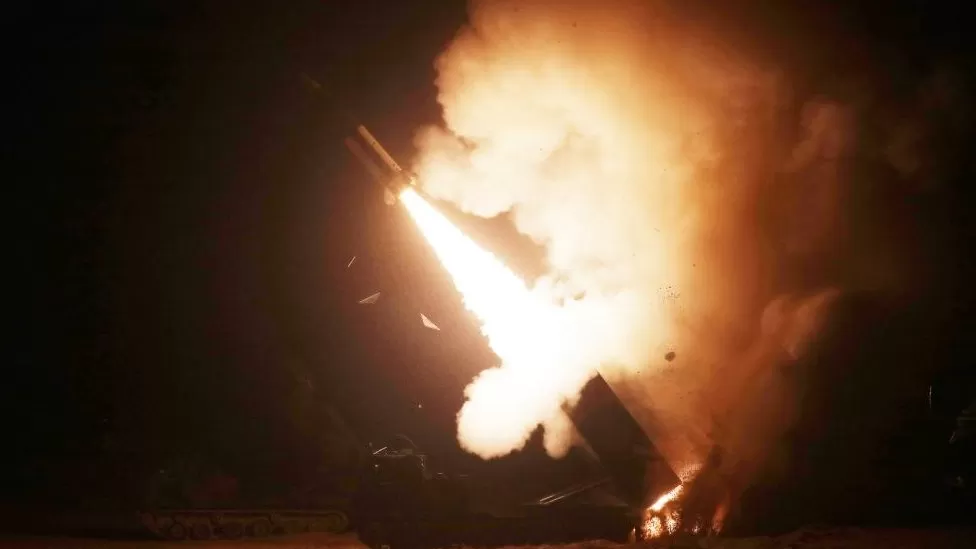
OCT 5: The missiles were fired into the East Sea - also known as the Sea of Japan - between the Korean peninsula and Japan.
Pyongyang test-fired a ballistic missile on Tuesday, sending it over Japan for the first time since 2017.
In response, the US, Japan and South Korea have been conducting military drills in a show of force.
On Wednesday South Korea and the US each fired a pair of US-made Army Tactical Missile System missiles, according to a statement.
US National Security Council spokesman John Kirby told CNN the launch was designed to show the US and their allies have the "the military capabilities at the ready to respond to provocations by the North".
A South Korean missile failed shortly after launch and crashed, but caused no casualties, its military separately reported.
The decision by Pyongyang to send a missile over Japan on Tuesday has been seen as a deliberate escalation to get the attention of Tokyo and Washington.
Japan's Prime Minister Fumio Kishida described that launch as "violent behaviour", while US President Joe Biden reinforced Washington's "ironclad commitment" to Japan's defence during a phone call with Mr Kishida.
Later on Tuesday, White House spokesman John Kirby said it was "obviously destabilizing."
As the missile flew over Japan on Tuesday, people in the north, including on Hokkaido island and in the city of Aomori, woke up to the noise of sirens and text alerts which read: "North Korea appears to have launched a missile. Please evacuate into buildings or underground."
The UN prohibits North Korea from testing ballistic and nuclear weapons. Flying missiles towards or over other countries without any warning or consultation also contravenes international norms.
North Korea's missile launch on Tuesday was the fifth carried out by Pyongyang in a week.
Many of its missile tests are conducted on a flight path that reaches a high altitude, avoiding flights over its neighbours.
But firing over or past Japan allows North Korean scientists to test missiles under circumstances "that are more representative of the conditions they'd endure in real-world use", analyst Ankit Panda told news agency Reuters.
These actions have contributed to enduring tensions between North Korea and Japan, rooted in Japan's colonisation of Korea from 1910 to 1945 and the North's abduction of Japanese citizens in the past.
In September, North Korea passed a law declaring itself to be a nuclear weapons state, with leader Kim Jong-un ruling out the possibility of talks on denuclearisation.


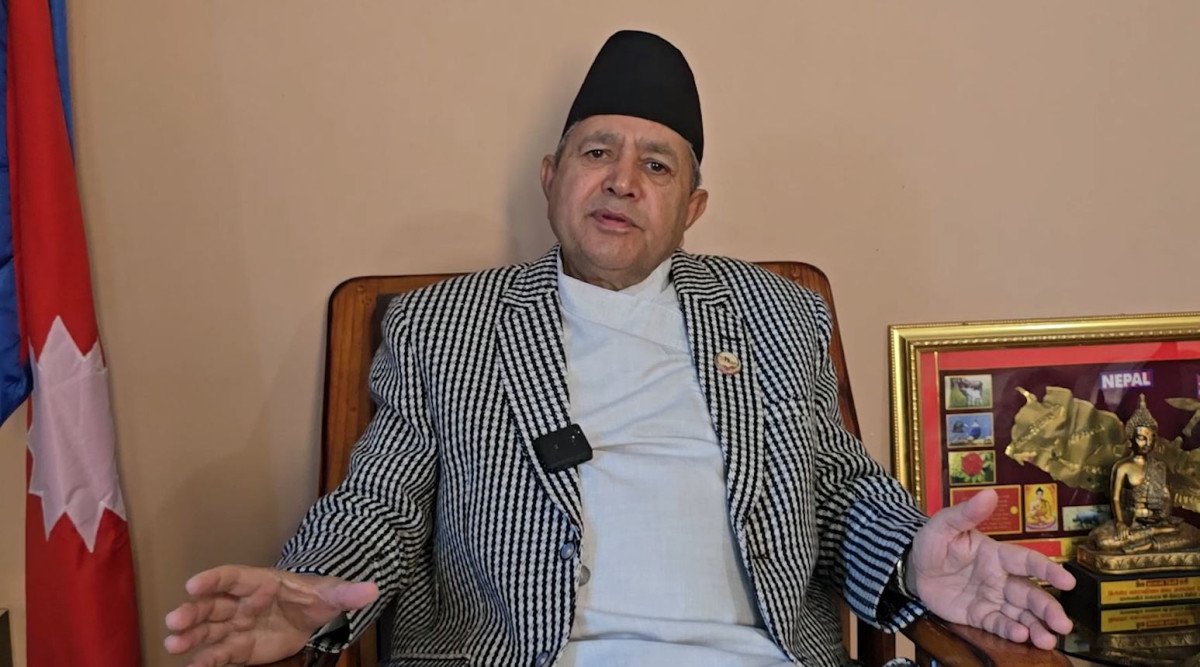
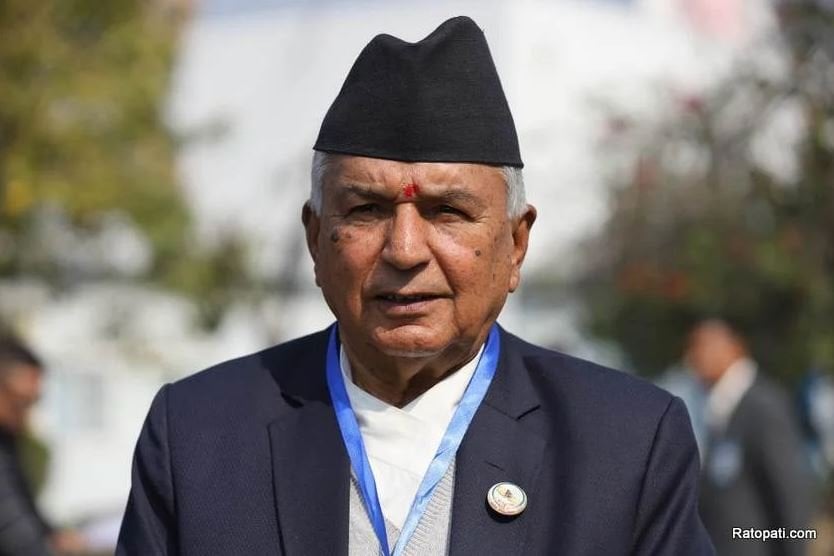
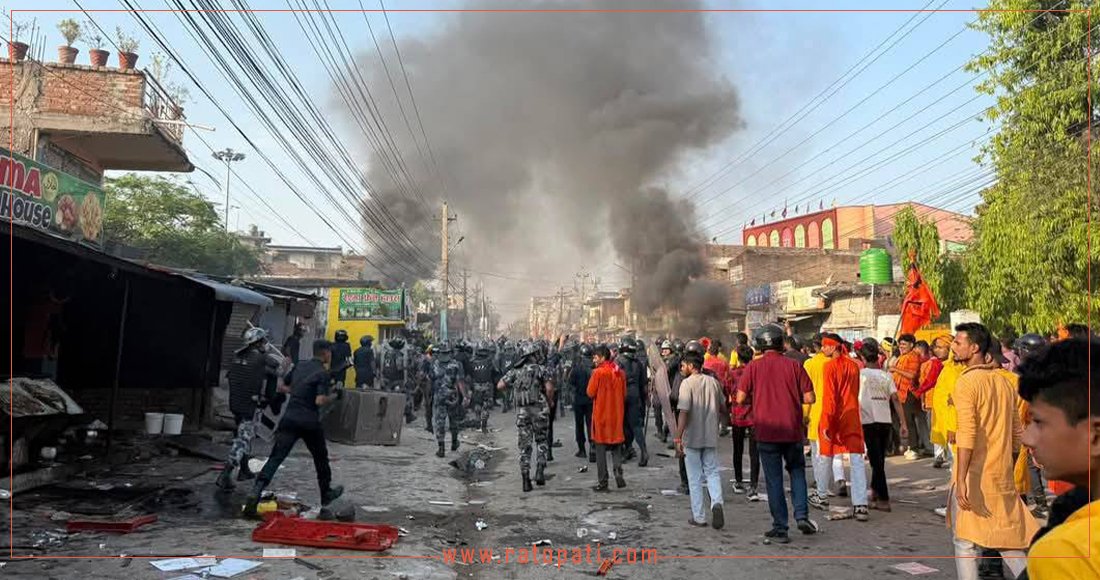


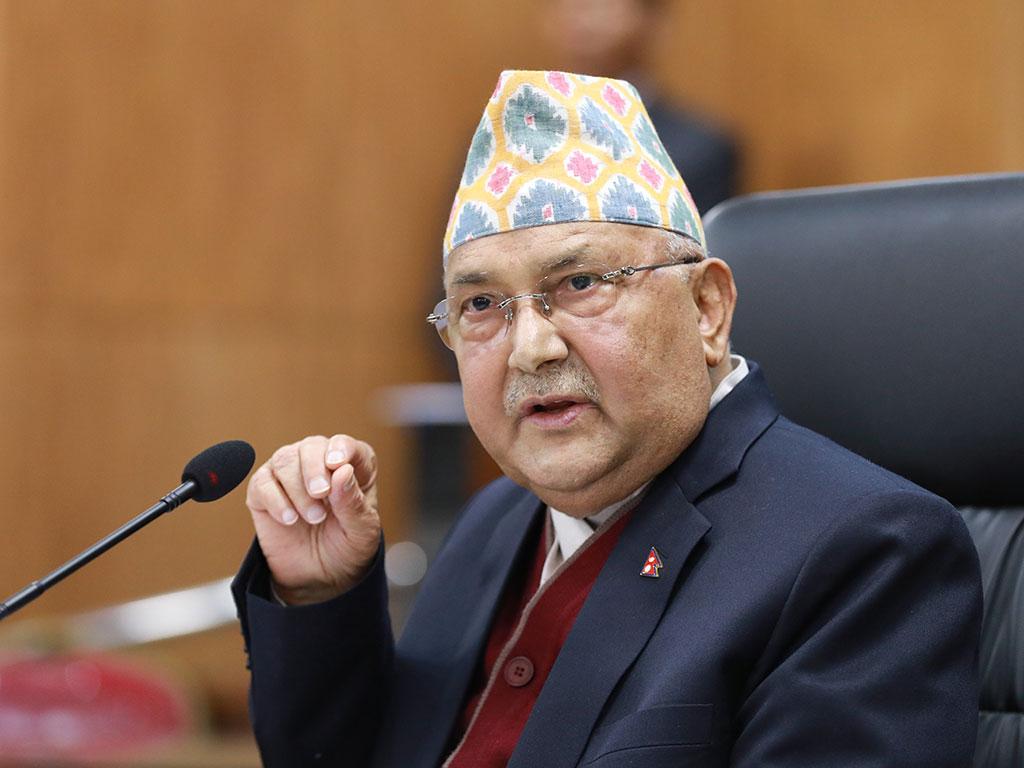
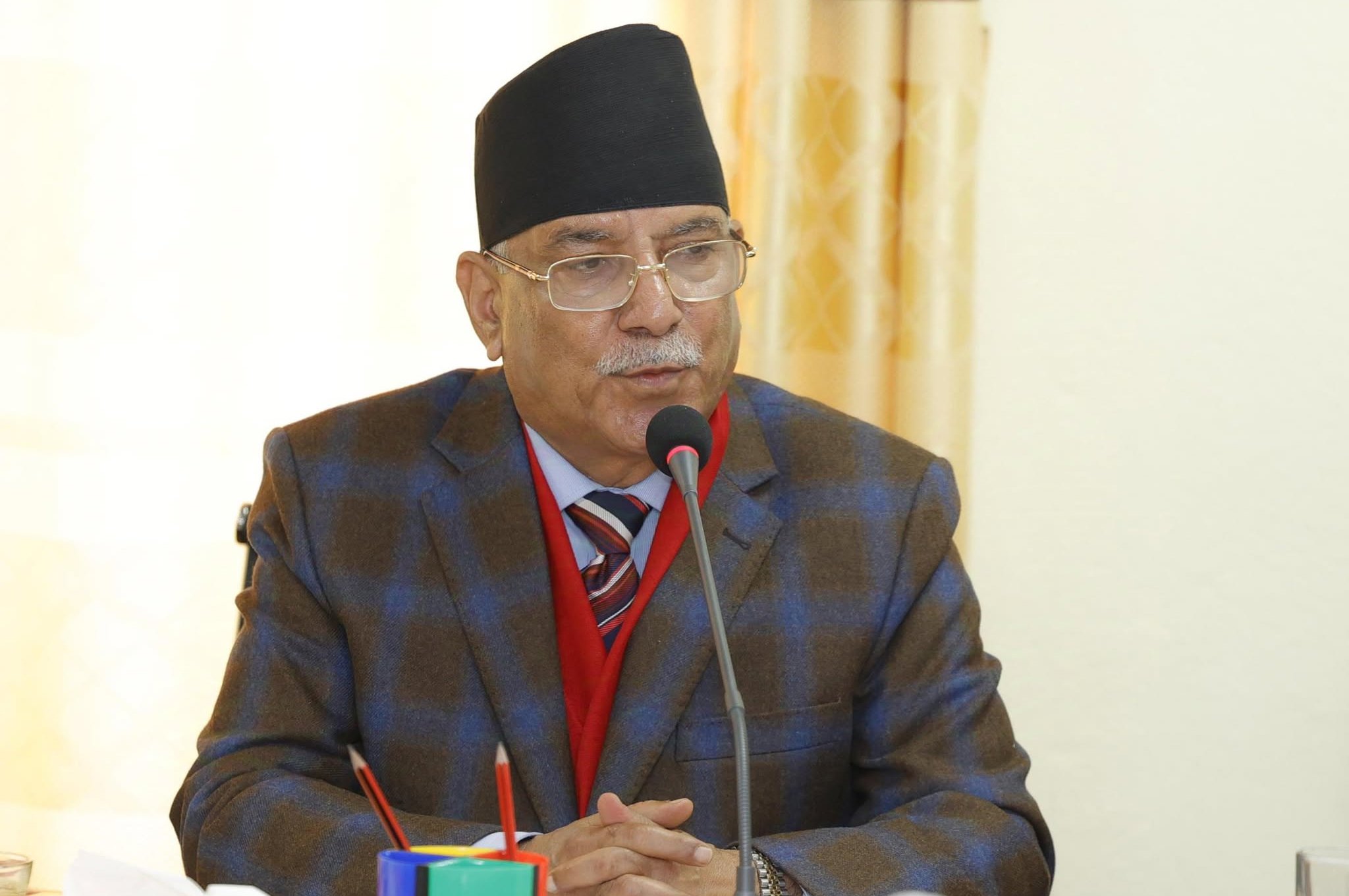
Leave Comment